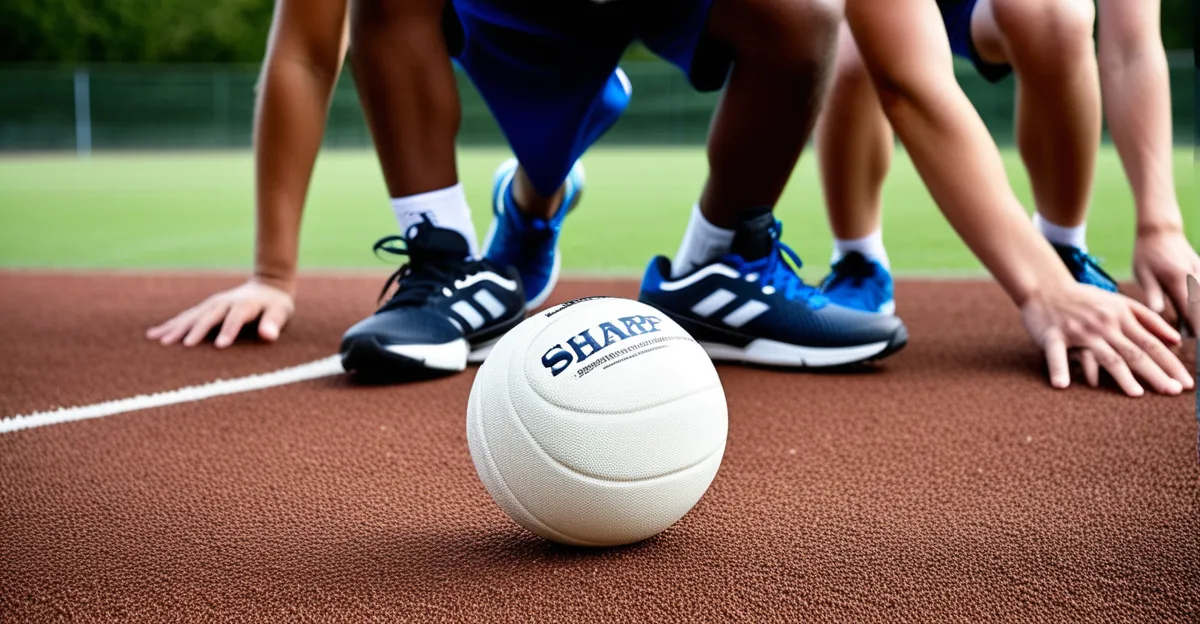Current Landscape and Key Challenges in UK School Physical Education
The state of PE in schools across the UK reflects a complex mix of successes and persistent obstacles. While PE remains a statutory part of the curriculum, many schools face challenges in PE that impact the quality and consistency of provision. A significant barrier is funding constraints, which limit access to facilities and resources, hampering schools’ ability to offer diverse and engaging activities.
UK physical education often struggles with the issue of student participation, where some pupils—particularly those with disabilities or from disadvantaged backgrounds—are less involved. Inclusion is a key challenge; many programs do not sufficiently adapt to diverse learner needs, resulting in gaps that prevent all students from benefiting fully.
Also to see : What role do sponsorships play in the growth of UK sports?
Teacher expertise and confidence also vary widely, affecting the delivery and enthusiasm for PE. Limited specialist training can lead to less effective lessons that fail to engage students or promote lifelong physical activity habits.
The current landscape demands focused efforts to address these hurdles. Improving resource allocation, enhancing teacher training, and reshaping inclusive policies are urgent priorities in the evolving dialogue on UK physical education and its future.
This might interest you : How is the UK’s Sporting Culture Evolving in the Modern Era?
How UK Sports Organizations are Supporting Physical Education
UK sports organizations play a vital role in enhancing UK physical education by partnering with schools to address existing challenges in PE. These bodies actively collaborate with educational institutions to provide resources, training, and programs that enrich PE delivery amid funding and expertise shortages. Their involvement is crucial to overcoming challenges in PE, such as limited access to specialist coaching and lack of varied activities.
Strategic partnerships between schools and organizations like national sports bodies create funded initiatives focusing on participation and inclusion. Such collaborations bring expert support directly into school environments, boosting the quality of PE lessons and encouraging engagement from all students. For example, community programs led by sports ambassadors foster motivation and help break down barriers to participation.
Moreover, UK sports organizations promote long-term benefits by supporting teacher development and providing equipment that schools might otherwise lack. Their efforts aim to improve the overall state of PE in schools by ensuring programs are accessible, inclusive, and aligned with national health and education goals. Through these coordinated actions, sports organizations serve as catalysts for sustained improvements in school physical education across the UK.




